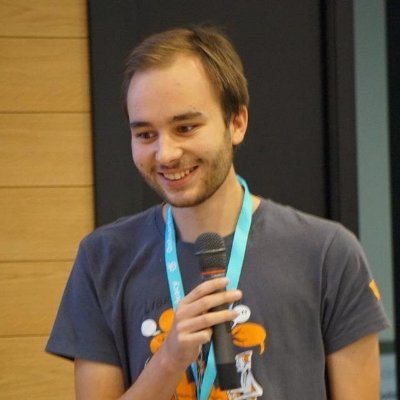Saturday, 11 November 2023
Seems getting laid off was pretty good for me after all. Funny how things go sometimes.
A company that works on KDE stuff (and other Linuxy things), interviewed me for a fun job: "Wanna help us work on KDE Plasma?"
You bet I said YES!
So now I work daily 8 hours a day, 5 days a week, to improve KDE Plasma! It's contract work, but I hope people there like me a lot to keep me around. :) At least I am planning to be around for the long haul!
Anyway, this was my first week doing this job!
Everyone I work with is really nice and most of them I have already met during my contribution adventures.
The job itself for now has been about helping finding and fixing bugs in KDE Plasma. I've mostly concentrated on bugs that can appear when moving from 5 to 6, like migrating configs, etc.
There's some other stuff I'm doing as well, but they're not that visible to end user, necessarily. Like fixing warnings.
I am also focusing on learning the stack and hopefully eventually get to work more on Flatpak related things and Kwin related things, since those interest me. I am also hoping to help with accessibility, like high-contrast color schemes and such. And who knows what else I will work on in future!
Also due to my experience in test automation, I have taken on the sidequest to help with that part as well. I have been quite interested how test automation of Linux desktop apps works, and there's quite cool stuff going on there.
In my personal KDE plans, I want to add color customization options for separators, since those can be used in high contrast themes. But since it would be any custom color the user wants, well, they can set it to anything. Anyhow, I will first prioritize fixing bugs and learning more.
Thank you so much for the company who took me under their wing. And thanks to my colleagues for helping me get into this and teaching me things, even when my questions can be a bit dumb at times.. :'D You know who you are!
Expect more posts in future about what I learn during this job! :)
Thanks for reading!


 @jriddell:kde.org
@jriddell:kde.org


 CarlSchwan
CarlSchwan